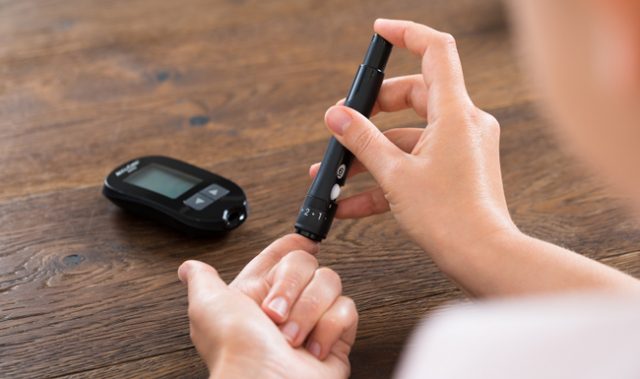
AsianScientist (Jul. 15, 2016) – Researchers tracing the movements of patients at a South Korean hospital have identified how Middle East Respiratory Syndrome (MERS) virus was transmitted from a single ‘super-spreader’ patient to a total of 82 individuals. ‘Super-spreaders’ are patients who infect disproportionally more secondary contacts than others also infected with the same disease.
The study, published in The Lancet, maps the transmission of South Korea’s first outbreak of MERS coronavirus (MERS-CoV) and the case of the highest transmission of MERS from a single patient outside the Middle East. In this case, the patient was warded in an overcrowded emergency room and spread the virus to patients, visitors and health-care workers over a span of three days.
In between May and July 2015, a MERS-CoV outbreak in South Korea corresponded to 186 confirmed cases within two months. The ‘index patient,’ from whom the outbreak first originated, was a man aged 68, otherwise known as Patient 1. He had travelled to Bahrain, the United Arab Emirates, Saudi Arabia and Qatar between 18 April and 3 May, 2015 before returning to South Korea.
He was isolated on 18 May under suspicion of MERS; however, before arriving at Samsung Medical Center, Patient 1 had already transmitted the virus to several individuals in other hospitals, including another man, Patient 14, with whom he shared a ward. Patient 14 ended up being the ‘super-spreader’ who eventually caused the hospital outbreak at Samsung.
A total of almost 1,600 people were estimated to have been exposed to Patient 14 in the emergency room, with a total of 33 patients, eight healthcare workers, and 41 visitors infected between 27-29 May alone.
In contrast, Patient 1 was in contact with 285 other patients and 193 healthcare workers, but no further transmissions occurred at the hospital between presenting to the emergency room on 17 May and being isolated on 18 May. However, it is worth noting that Patient 1 had previously infected 28 other patients in another hospital.
The authors say that the difference in transmissibility between Patient 1 and Patient 14 could be caused by a number of factors, such as time from the onset of disease, symptoms, duration of contact, pattern of movement and the spread of the virus itself.
“Overcrowding is an important issue for this outbreak, but also a common feature of modern medicine, which should be of concern to governments and health-care providers in the context of future possible outbreaks,” said study authors Professor Chung Doo Ryeon and Dr. Kim Yae-Jean from the Division of Infectious Diseases at the Samsung Medical Center in Seoul, South Korea.
“Emergency preparedness and vigilance in hospitals, laboratories, and government agencies are crucial to the prevention of further large outbreaks—not only of MERS-CoV infections, but also other emerging infectious diseases.”
The article can be found at: Cho & Kang et al. (2016) MERS-CoV Outbreak Following a Single Patient Exposure in an Emergency Room in South Korea: an Epidemiological Outbreak Study.
———
Source: The Lancet; Photo: NIAID/Flickr/CC.
Disclaimer: This article does not necessarily reflect the views of AsianScientist or its staff.












